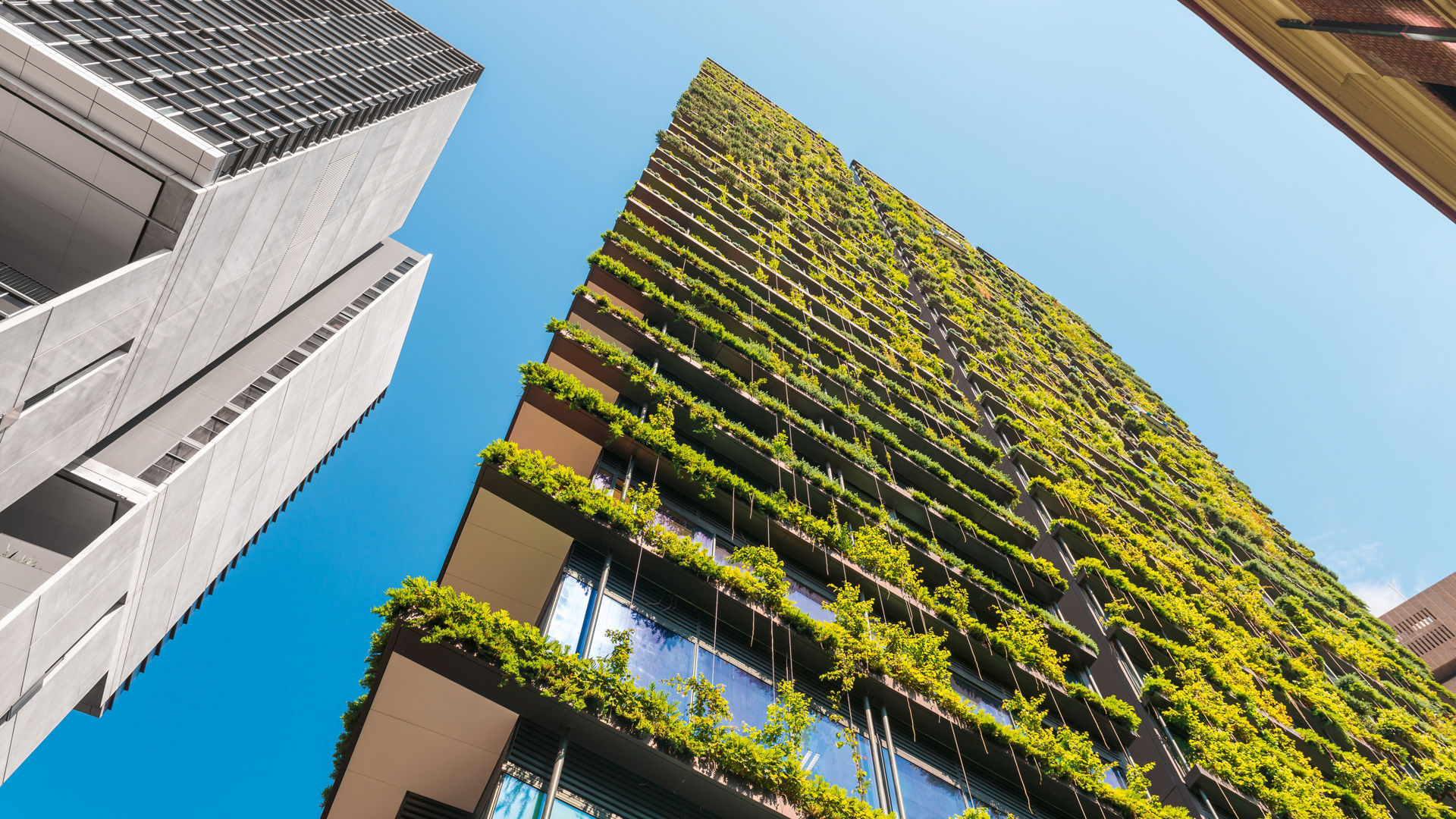Sika supports the Science-Based Target initiative (SBTi) and joined the growing group of leading corporations that are setting emissions reduction targets in line with the objective of the Paris Agreement. The SBTi has approved Sika's near and long-term science-based greenhouse gas emissions reduction targets displayed below. This achievement underscores Sika's commitment to sustainability and its proactive role in decarbonizing the building sector and automotive industry, while advancing its growth strategy.
Scope 1 and 2 Goals
Scope 3 Goals
Commitment to Net Zero by 2050 Scope 1 & 2 1.5° aligned
* The target boundary includes biogenic land-related emissions and removals from bioenergy feedstocks.
Scope 3 well below 2° aligned by 2032 and 1.5° aligned by 2050
Scope 1 and Scope 2 emissions include direct emissions from owned or controlled sources, as well as indirect emissions from purchased electricity, steam, heating, and cooling. Scope 3 emissions includes all other indirect emissions in the value chain, such as from purchased goods and services, upstream and downstream transportation, and waste disposal.
Sika commits to report annually on its progress towards meeting these targets. Sika also acknowledges that the latest climate science may change, and is committed to review all active targets every 5 years to ensure consistency with the latest SBTi criteria.
"Sika aims to be a driver of the transformation of the Construction and Manufacturing industry towards Net Zero. That’s why we support the Science Based Target initiative (SBTi)." Patricia Heidtman, Chief Innovation & Sustainability Officer
Sika's Net Zero Roadmap
The key levers
- Education and capacity building to improve material efficiency and circularity
- Accelerated use of alternative low carbon supplies
- Continued focus on operational efficiencies
- Partnerships with key suppliers who support Sika's path to net zero
- Development of new innovative solutions for construction and industry

